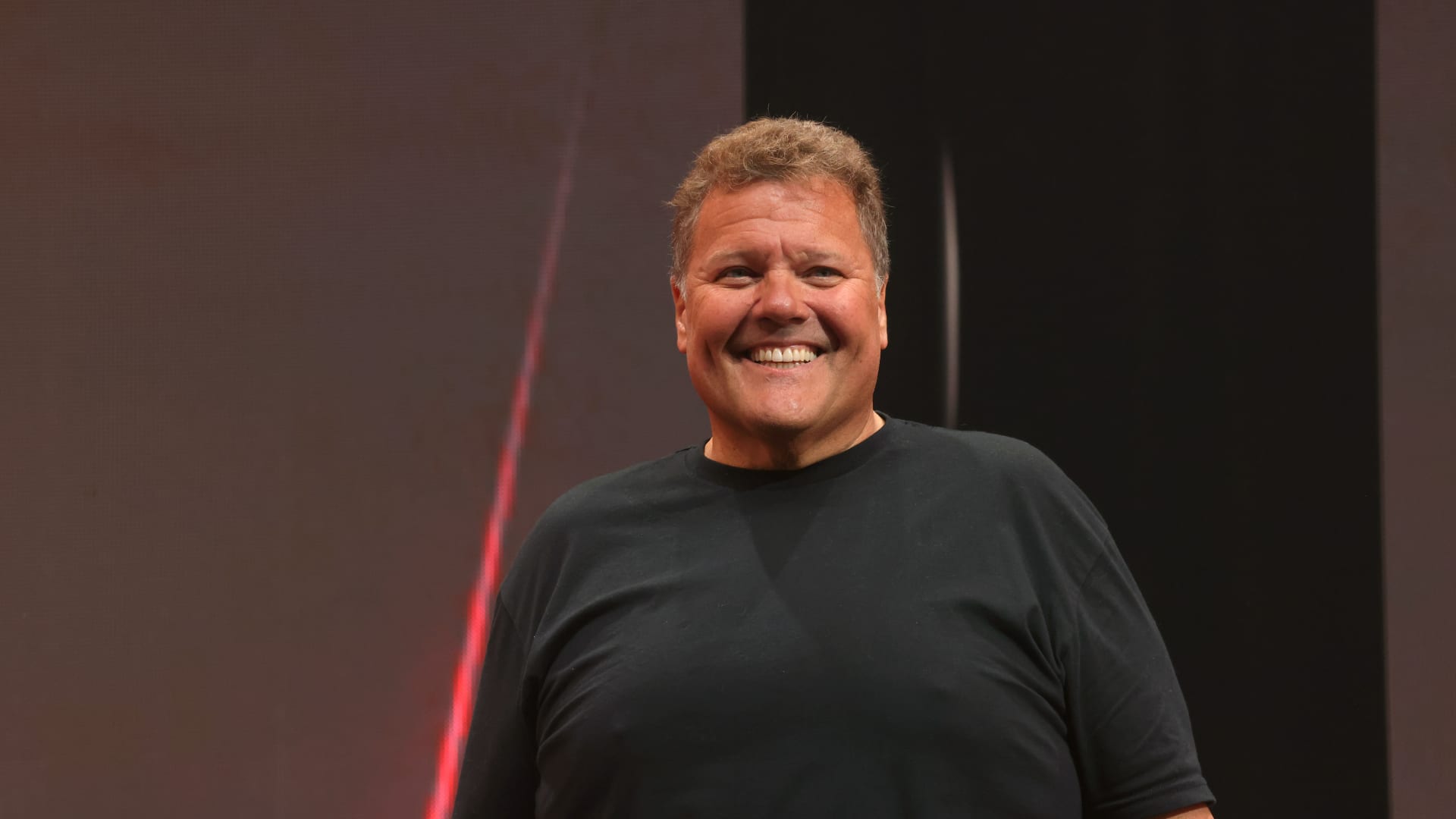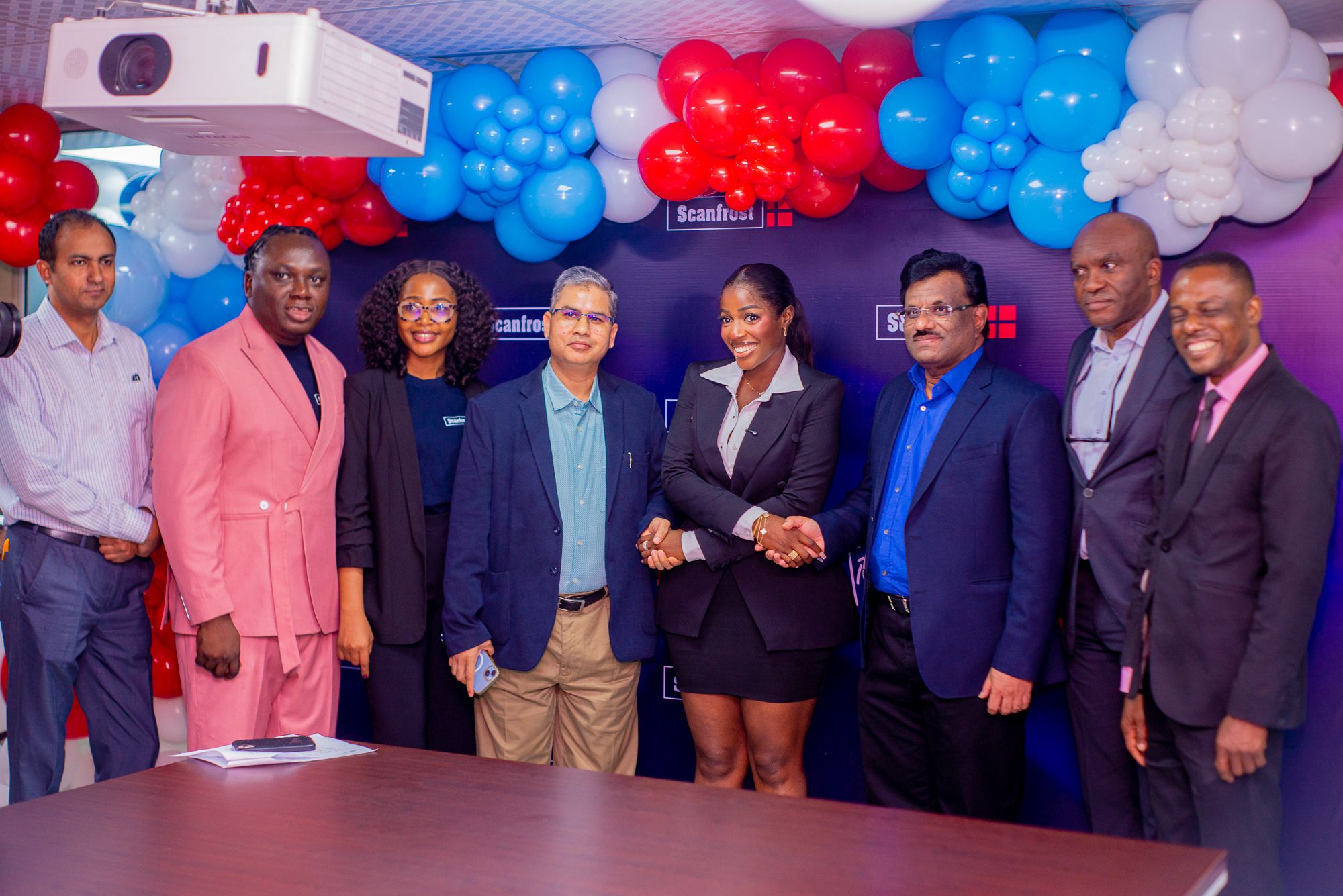Copyright e27

In Singapore, “senior wellness” often conjures up the same images: a bingo session, a festive lunch, or a cheerful round of stretching. These efforts are well-meaning, but they rarely change how seniors feel about themselves or how society perceives ageing. As our nation ages, this gap becomes more urgent. By 2030, one in four Singaporeans will be 65 or older. That figure is not just a demographic milestone; it is a design challenge. If corporate social responsibility (CSR) continues to focus on one-off activities rather than meaningful experiences, we risk missing a generational opportunity to build empathy, purpose, and dignity into how communities engage with seniors. See differently, dare to try This requires a shift in mindset. At the PS21 ExCEL Awards ceremony, public sector leaders were reminded to “see things differently, dare to try, and lead the change.” That framing resonates deeply with eldercare. Years ago, when I was working as a museum educator, my experiments with digital and augmented reality were highlighted as examples of innovative practice. What I carried forward wasn’t just the technology, but a simple truth: people rarely remember the exact content of a tour, but they always remember how it made them feel. Today, I apply the same design sensibility to programmes for seniors and volunteers. From mindset to movement The impact of thoughtful volunteering often goes beyond the session itself. When people have a well-designed, emotionally resonant experience, it doesn’t just shift how they feel but it shifts how they think. That mindset change, in turn, can lead to behavioural change: volunteers may realise that connecting with seniors isn’t intimidating after all, but rewarding, even joyful. Over time, it can even influence lifestyle choices like how they view ageing, community, and their own future. This ripple effect is what programmes should aspire to create. It’s also why we must stop treating CSR as a box-ticking exercise. A volunteering day shouldn’t be “just another event”; it should be a catalyst for empathy, confidence, and reflection, for both seniors and volunteers. Ahead of a recent session involving 148 staff from Singapore Polytechnic, the nursing home manager shared that many were anxious about interacting with seniors. That kind of hesitation is exactly what considered design aims to address. Not by scripting the perfect activity, but by creating a safe, intuitive environment where genuine connection can unfold. For me, this work is not about running more events. It is about shaping experiences that leave people changed. From activities to experiences Consider St. Andrew’s Oasis Village. A corridor that once looked sterile and institutional was transformed into a 1970s-style Singapore street, complete with familiar textures and signs. The change was modest, but the impact was profound. Residents became more talkative, memories resurfaced, and volunteers connected more easily. The corridor no longer functioned as decoration; it became an experience that restored belonging and dignity. This is what experience design does: it shifts both the mindset of participants and the perception of institutions. A craft workshop that produces a practical herbal heat pack offers more than a pastime. It provides agency, conversation, and purpose. Every touchpoint can drive change The next evolution of CSR is not just about improving volunteer experiences, it’s about building a shared ecosystem of impact. That means designing every touchpoint, from pre-engagement briefings to post-session reflections, as part of a cohesive system that supports long-term behavioural and cultural change. For institutional partners such as charities, SSAs, AACs, and schools, this ecosystem approach reframes CSR from a one-time handout into a co-designed capacity-building cycle. Programmes are shaped in collaboration with frontline staff and beneficiaries, not only to meet immediate needs but also to build internal resilience. Staff and volunteers receive training in facilitation, sensory design, and inclusive engagement, ensuring that the programme doesn’t end when the external partner leaves. Over time, this strengthens institutional capability and helps scale impact more sustainably. For corporate clients, the shift is from “single-event CSR” to structured partnership models that unfold over quarters or years. These are not just repeat engagements, they’re built around shared KPIs, storytelling assets, volunteer progression pathways, and longitudinal measurement frameworks. Impact isn’t tracked through attendance alone, but through moments of agency, joy, conversation, and skill-building. In the same way, seniors themselves can be supported into progressive roles: from making useful items in a workshop, to mentoring newer volunteers, to showcasing their skills at community events. These ownership pathways honour contributions and extend meaning beyond a single activity. Meanwhile, volunteers are equipped to go beyond surface-level interaction. With the right training and facilitation, they begin to see ageing through a different lens, not as decline, but as a stage of life still rich with potential. This mindset shift can have a butterfly effect: increasing willingness to volunteer again, influencing how they engage with their own ageing relatives, and even reshaping internal company culture around inclusion and empathy. This is what it means to design for systems, not just sessions. The CSR initiative is no longer an “event to check off,” but a living, iterative framework that strengthens bonds across sectors, uplifts participants across ability levels, and helps rewrite narratives around ageing, care, and contribution. At its best, CSR becomes more than a gesture. It becomes an engine for transformation. Lessons for CSR leaders For businesses planning their next round of CSR, the implications are clear: Design for both seniors and volunteers. Engagement must meet the needs of both groups. Seniors need choice and stimulation; volunteers need roles that build empathy and confidence. Prioritise sensory design. Smells, textures, and familiar cues are powerful tools for connection and memory. Measure agency, not just attendance. Instead of counting heads, track moments of choice, conversation, or confidence. These lightweight indicators reveal whether experiences are truly meaningful. This is not about spending more. It is about rethinking CSR as a design exercise, one where human experience is the raw material. A new playbook for an ageing nation Singapore’s ageing population is often framed as a looming burden. But it is also an opportunity to redesign how we value and connect with seniors. If companies take CSR seriously as a tool for social innovation, they can help lead this cultural shift. The challenge is not to run more activities. It is to create experiences that change perceptions of ageing, for the seniors who live it and the volunteers who witness it. That is how small, thoughtfully designed programmes become levers for bigger societal change. The future of CSR lies not in organising events, but in shaping experiences that move people from hesitation to confidence, from obligation to ownership, from activity to impact. Editor’s note: e27 aims to foster thought leadership by publishing views from the community. Share your opinion by submitting an article, video, podcast, or infographic. Enjoyed this read? Don’t miss out on the next insight. Join our WhatsApp channel for real-time drops. Image credit: Canva



